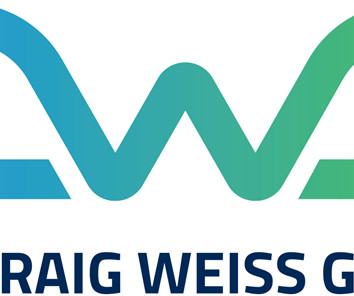How to Make eLearning Websites with Accessibility with Sandi Gauder
LifterLMS
DECEMBER 10, 2023
They’d like did the scoring and they’re like, you’re disabled. So, I guess, to answer your question, it kind of depends on what your role is around the website. That’s the ratio. And one of the Clients we were consulting had this proprietary, proprietary content management system.















Let's personalize your content